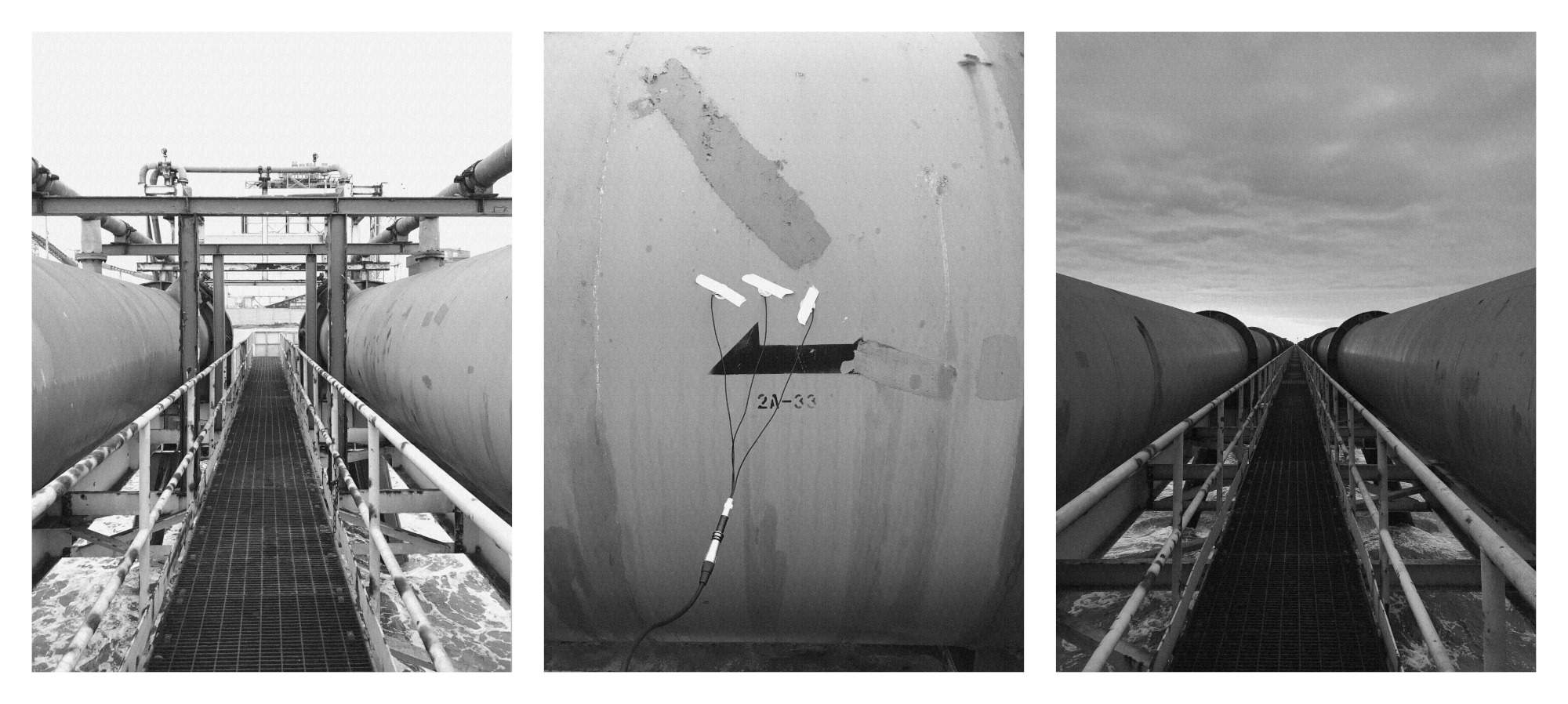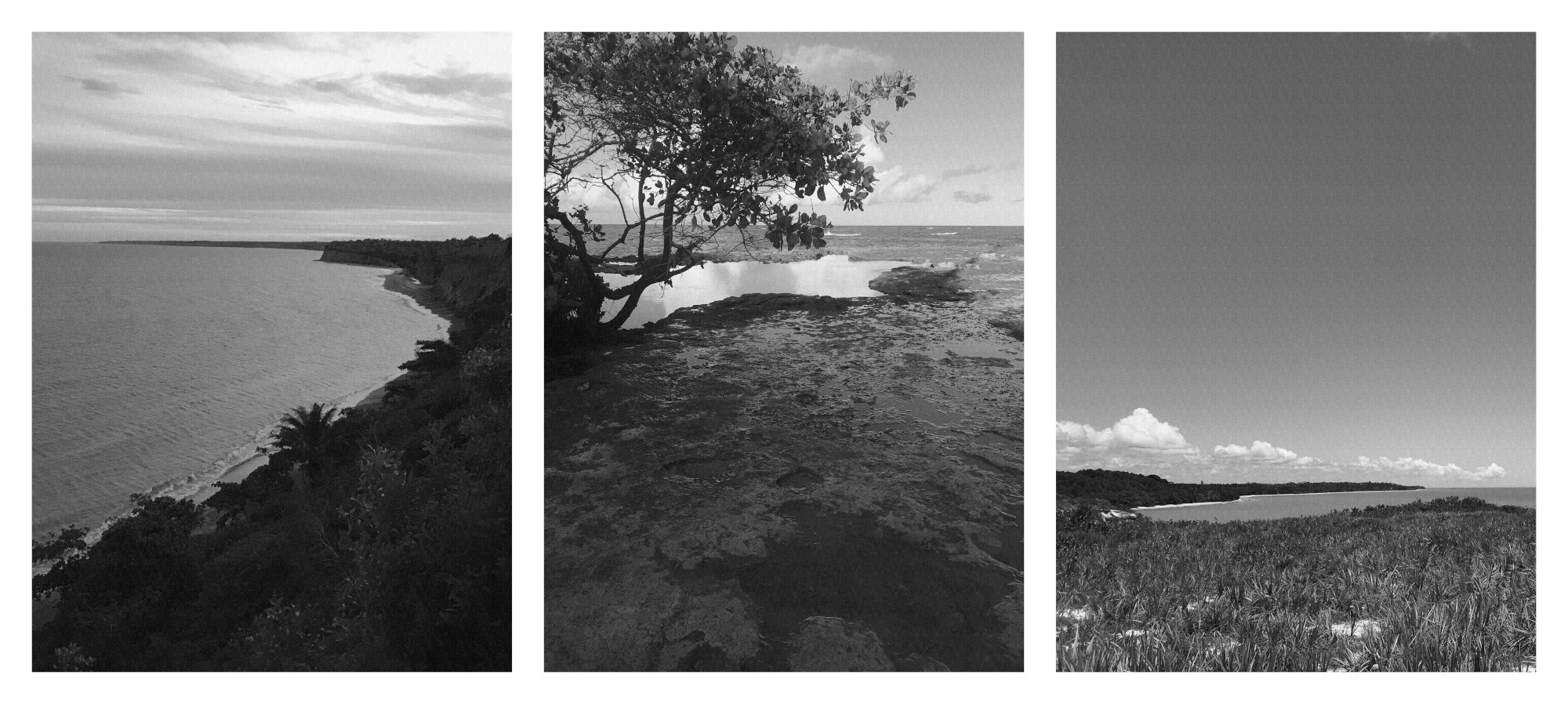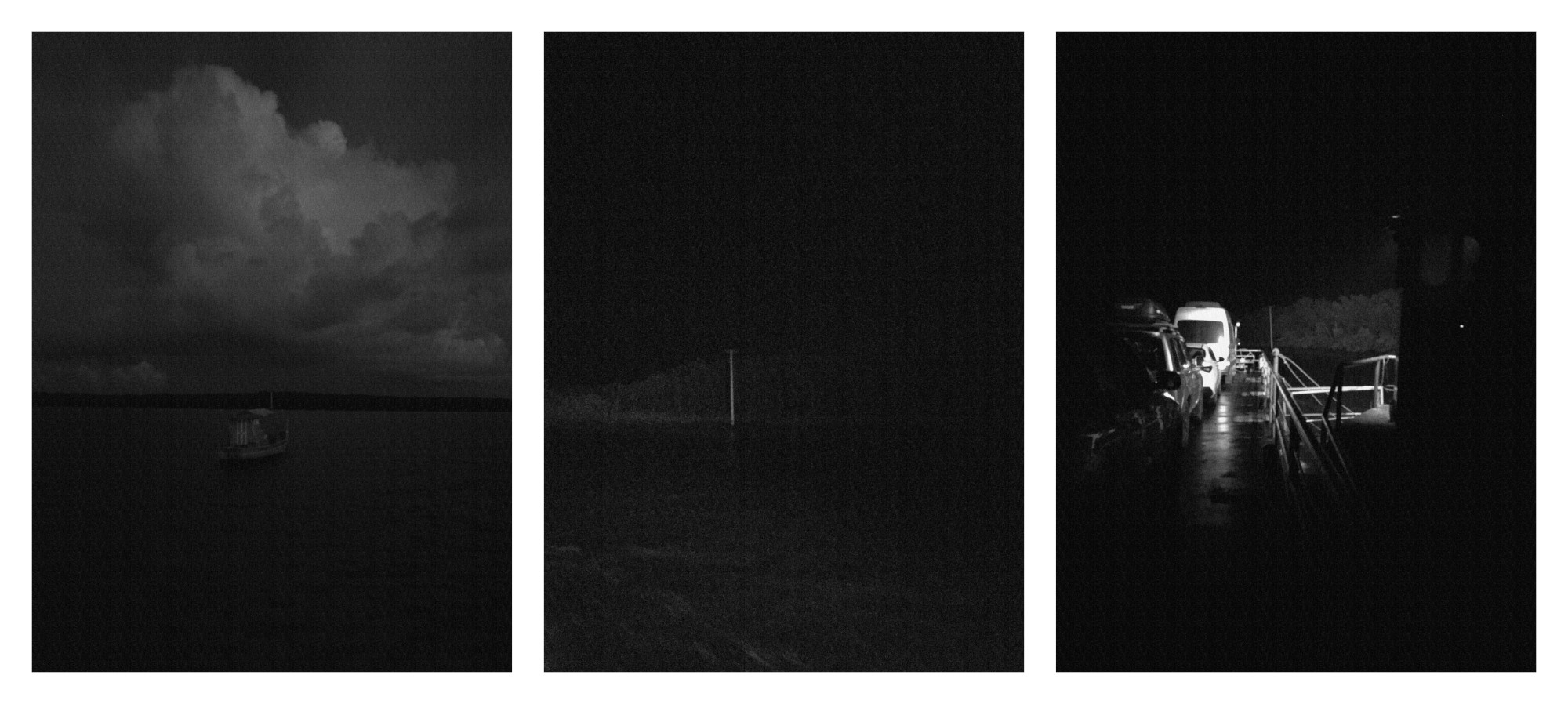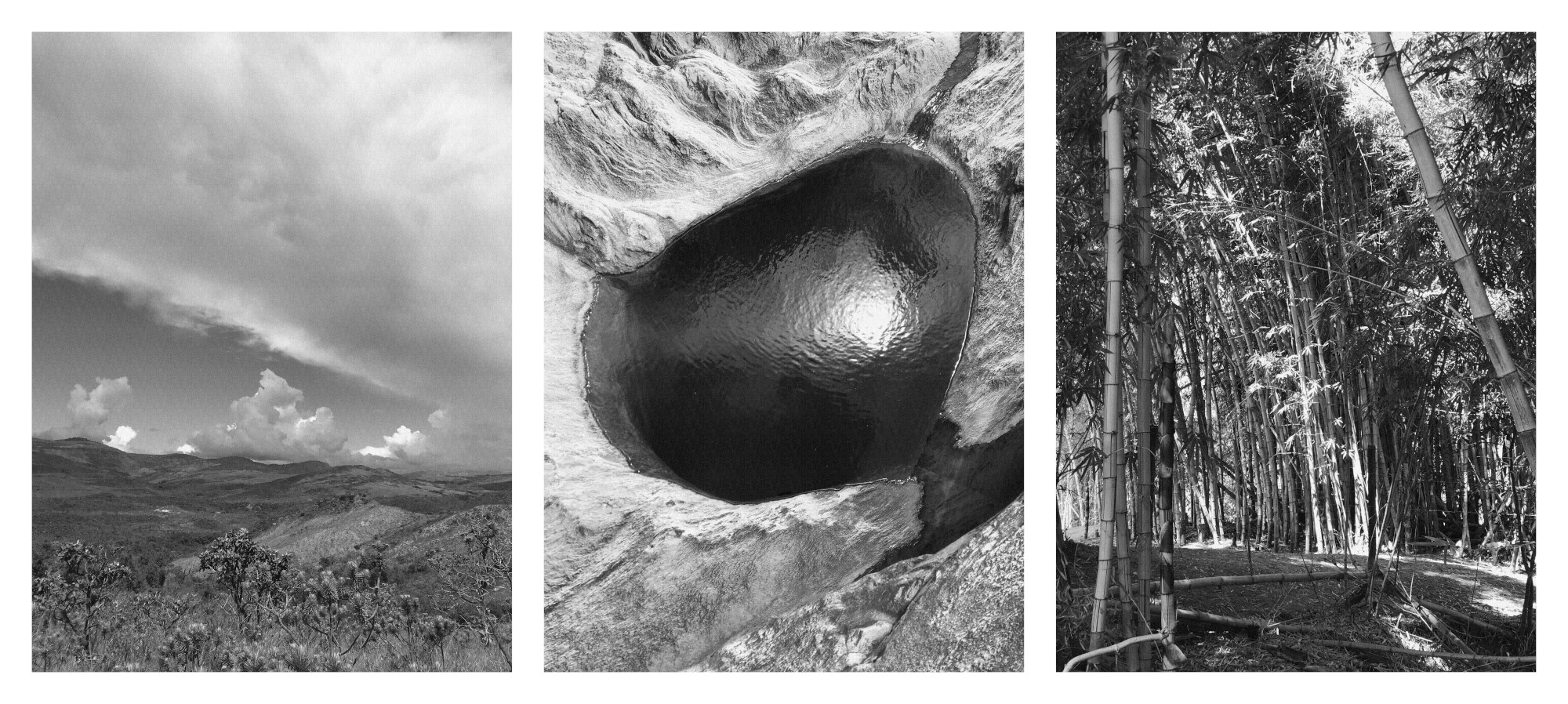SLOW DOWN
Sounding Machine’s Ecologies
Field Recording Locations
The first sonic practice was field recording. This first movement was about listening to different ecologies and how the experience of them was grounded in their localities.
In this particular case, a field recorder mediated listening routine was informed by abstractions based on different scientific fields, as complex system theory, quantum physics and general relativity.
I engaged in this practice for a period of 52 days, starting from Ventanas, Chile, and then I moved to Brazil, spending small periods in Cumuruxatiba, Santo André and Serra do Cipó.
The territory between Mantagua and Ventanas is characterized by a 40 Km industrial train-rail crossing a natural reservation, and ex detention and torture center from Pinochet's dictatorship, and one of the most polluted zones of Chile, the industrial center of Ventanas, also know as a sacrifice zone.




Cumuruxatiba is a little village at the south of Bahia state. The place where the extraction of monazite sand began. This sand is rich in thorium, a weakly radioactive metallic chemical element used in the manufacture of radiotherapy equipment, luminous salts and breeding of uranium-233.
Here I gathered field recordings of the beach where there was an old artificial monazite dune made by John Gordon company, the first monazite exploitation company of Brazil, and some other landscapes in a 5 Km radius.
Santo André is another little village at the south of Bahia state, this time located in an environmental protection area well known for its extensive sea turtle conservation efforts and its rich mangrove ecosystems. Here I started recording at different beaches and mangroves, and started moving towards the village, gravitating around places where local people, tourists, and nature met in complex but subtle soundscapes.




Serra do Cipó is one of the oldest territories of
Brazil.
A dry place home of cave
painting and aquatic fossils at 500
Km from the Atlantic Ocean.
Being immersed in those places, engaged in a field recording practice, made me think about the influence of our temporal perception of intensities in shaping an intuitive idea of organicity. This motivated a theoretical research on self-organization of time that led me to study the temporal unfolding at the nanoscale, where I found that the emergence of time is not exclusive to life forms. From there, I went back to machines with two concepts for epistemic operations, transduction and dislocation. These two processes were embodied in a practice of design and building sound machines, setting relations between nature and technology through a sonic sensibility.

Ecology's Machines
The second practice of the research was the design and build of synthesizers as a performative response to the lived experiences and reflections of the field recording journey. By means of transductions and dislocations I conceptualized three synthesizers, which were designed and built over a period of one month in a half in a process that, on one side, transduced and dislocated elements of the experienced and researched systems into machines, and in another, embodied the self organization of ecosystems in itself.

Bring Forth
is the first machine I thought of, designed and built. It consists of eight two-pole state variable filters and eight voltage control amplifiers.
This machine is about bringing into being sounds that are sustained by their own internal resonances.
Time Space
is the second machine I thought of, designed and built. It is formed by eight delays and eight reverbs.
Its becoming is a gesture of bridging cosmological scales to nano scales suggested by the leap from self-organized time to self-organized space.


